does bleach kill fungi
 Does Bleach for Toenail Fungus Really Work? — Yellow Toenails Cured
Does Bleach for Toenail Fungus Really Work? — Yellow Toenails CuredBlaach kills Mold and should I use it? The mold is not only anti-esthetic, but it can also eat on the surfaces in which it lives, causing structural damage. can also cause a number of health problems, and can be especially harmful to people with or . The lixivion is commonly marketed as a solution to remove the mould, but it only works against the mold on nonporous surfaces, such as tiles and washbasins. It does not work on porous surfaces, such as wood or dry walls. Continue reading to find out which domestic ingredients you can use to remove the mold on porous surfaces, and preventive steps you can take to prevent it from coming back. The mould and its spores can be found almost anywhere, but the growth of the active mould requires moisture. You can initially notice the presence of mold due to its aroma of must, or by staining patches of black growth, brown, yellow, pink, green, blurred. You can use bleach to remove traces of mold on tube surfaces and tiles, which are difficult and waterproof. However, the bleach cannot kill the mold on porous surfaces, such as wood. That's because. Even after applying bleach and cleaning the mold of these surfaces, the mold will continue to grow under the surface and return to the area that cleaned in a short time. Although it can be impossible to completely remove the mold from the porous surfaces with bleach, it can still be used to remove the mold from the nonporous surfaces. Here are a few steps you can take: Never ammonia mixture with ammonia Mixing bleach will result in the release of toxic chlorine gas. Inhaling this gas can cause serious symptoms and is potentially fatal. While domestic bleach is not considered corrosive or toxic, prolonged exposure to it can cause irritation to the eyes, mouth, lungs, and . This can be especially true if you live with a respiratory system such as asthma. Most of the health concerns surrounding the bleach are because it is largely reactive. In addition to reacting with ammonia, bleach can also react with drainage cleaners and other acids. At low levels, this can irritate the mucous membrane and cause cough and breathing problems, watery eyes and a spongy nose. When inhaled in large quantities, chlorine gas can cause: bleach can also damage your skin, especially if it does not rinse after immediate exposure. Use gloves when using bleach, even if diluted in water. Rinse your skin immediately if it sprouts over you. Luckily, there are many non-toxic options for cleaning moulds on both porous and non-porous surfaces. There are several ways to prevent the mold from growing and thriving at home. Consider adopting the following preventive measures: Mold may become problematic if not addressed quickly and thoroughly. While the bleach can be a solution for non-porous surfaces, it cannot reach the root of the mould and kill it completely on porous surfaces, such as the dry wall and wooden floors. Luckily, there are several alternative solutions at home to clean the mold on these surfaces. Hydrogen peroxide, vinegar and tea tree oil are all the ingredients you can use to develop molding-eliminate solutions. Last medical review on November 21, 2019Read this following
Does bleach kill ringworm? - Quora

RHINO HIDE® Why You Should Never Use Bleach To Clean Mold

Does Bleach Kill Nail Fungus Elegant How to Get Rid Of toenail Fungus with Bleach toe Fungus in 2020 | Toe fungus, Toenail fungus, Toe fungus remedies

Does Bleach for Toenail Fungus Really Work? — Yellow Toenails Cured

Does Bleach for Toenail Fungus Really Work? — Yellow Toenails Cured

Can Bleach Kill Nail Fungus In A Week - YouTube
Does bleach kill ringworm? - Quora
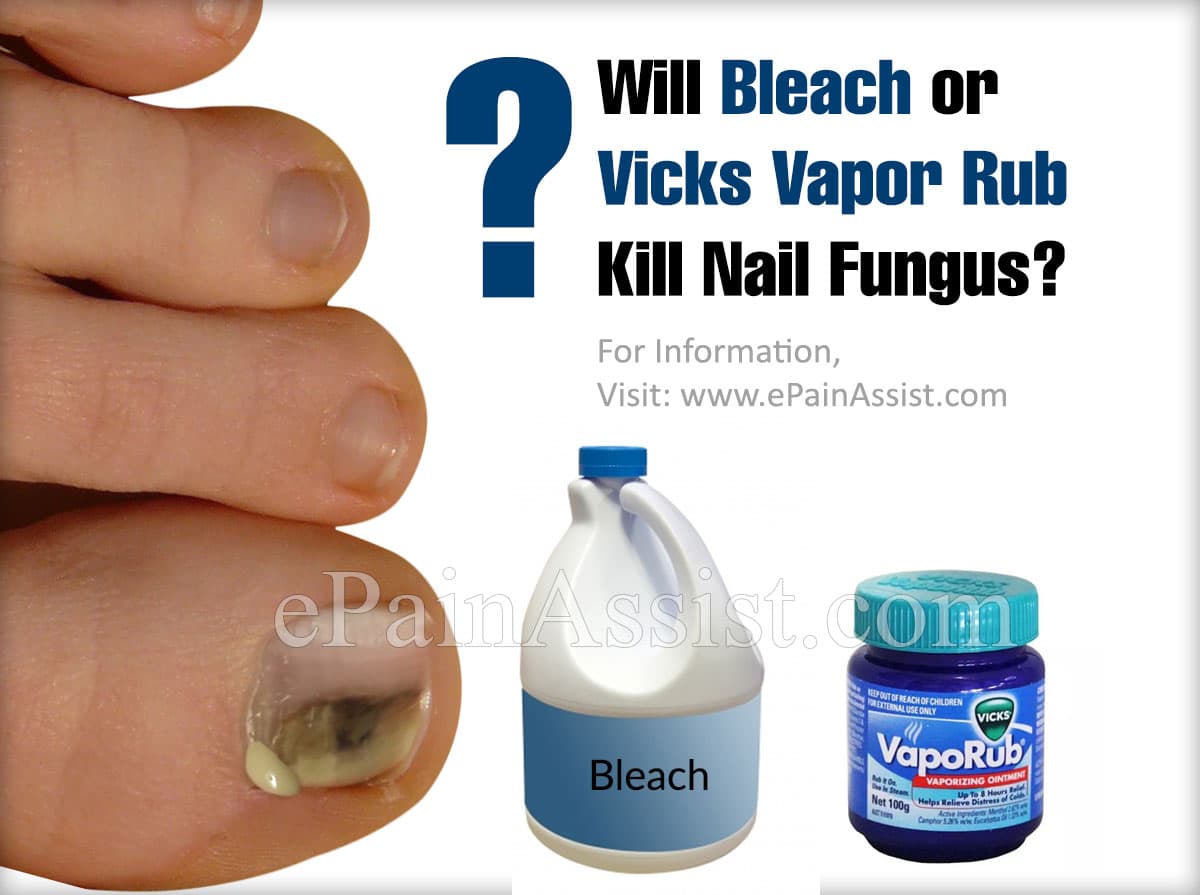
Vicks Vapor Rub Nail Fungus Side Effects - NailsTip

How to Use Bleach for Curing Toenail Fungus

Pin on Health!
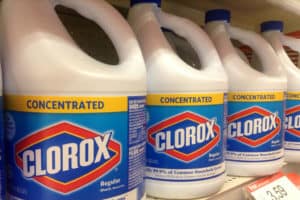
Bleach for Toenail Fungus (How To Use It) - Toenail Fungus Journey
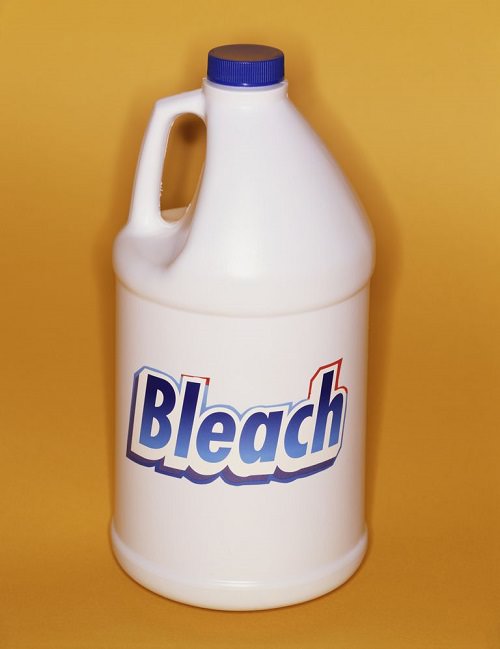
How to Remove Toenail Fungus With Bleach + Prevention Tips - Hello Lidy

How do I Use Bleach for Toenail Fungus? (with pictures)
Does bleach kill germs? Yes, but you need to let it sit for 10 minutes
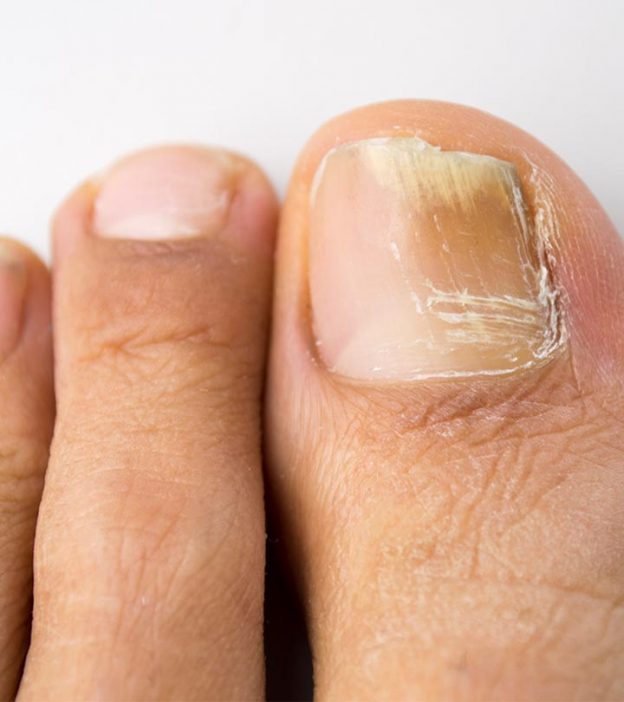
How To Use Hydrogen Peroxide For Nail Fungus – A Step By Step Guide
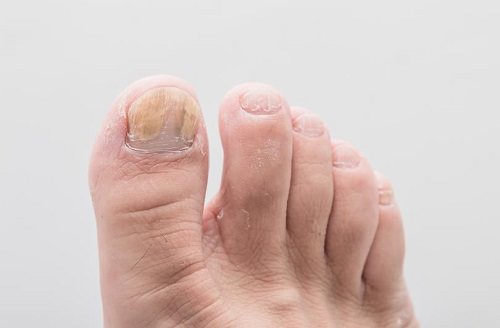
How to Remove Toenail Fungus With Bleach + Prevention Tips - Hello Lidy
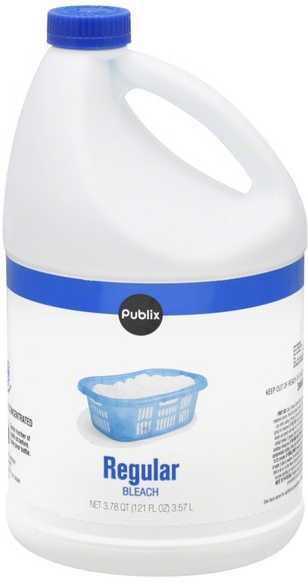
Using Bleach for Nail Fungus: Is it Effective? - Funginix
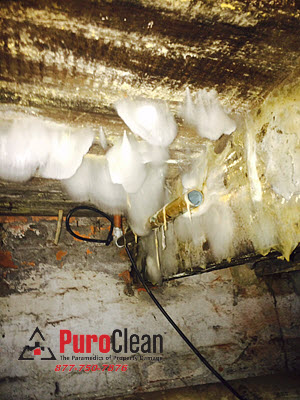
9 Reasons You DON'T Want to Use Bleach to Kill Mold
Does Bleach Kill Toenail Fungus? How to Use it? - Beyond Disease
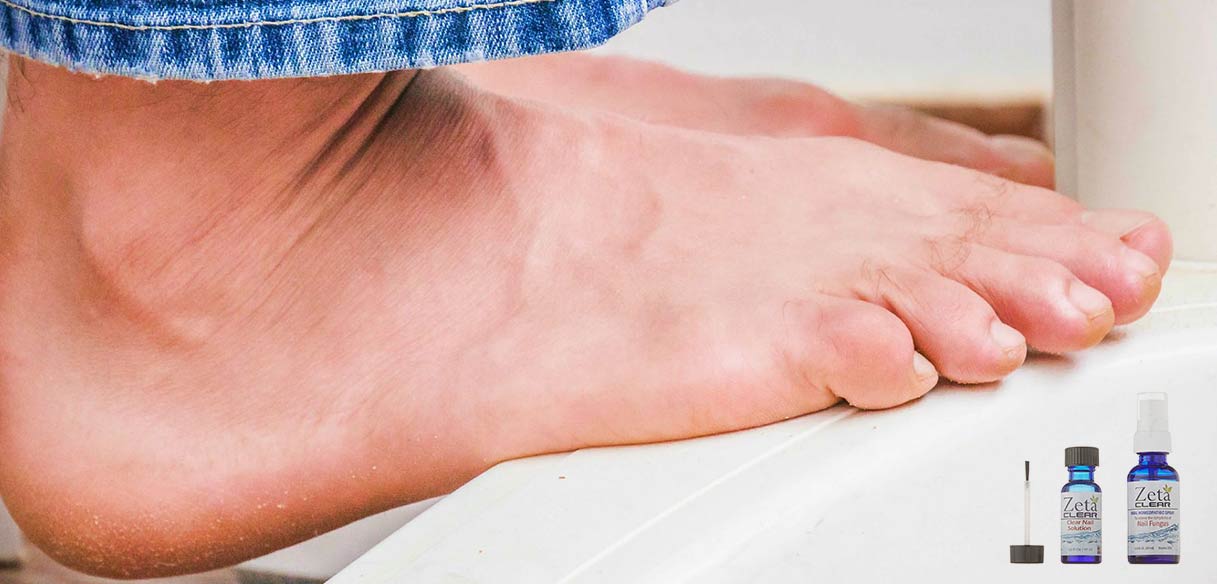
Nail polish, bleach and vinegar – do they cure toenail fungus? - ZetaClear

Mold- to Bleach or not to Bleach? | Snap Goods
Does bleach kill ringworm? - Quora
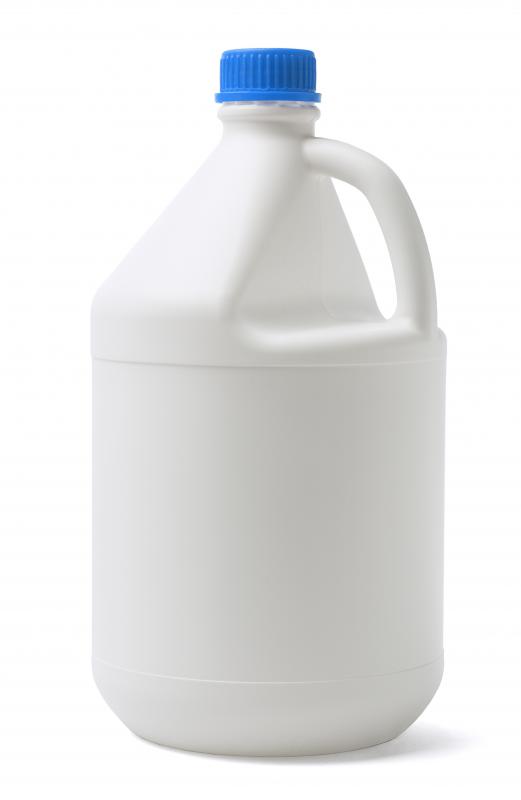
How do I Use Bleach for Toenail Fungus? (with pictures)

Can you kill toe fungus with bleach - Nail Fungus Remedy. You have nothing to lose! Visit Site Now | Nail fungus, Toenail fungus essential oils, Nail fungus vicks
How to Remove Ringworm Fungus » How To Clean Stuff.net
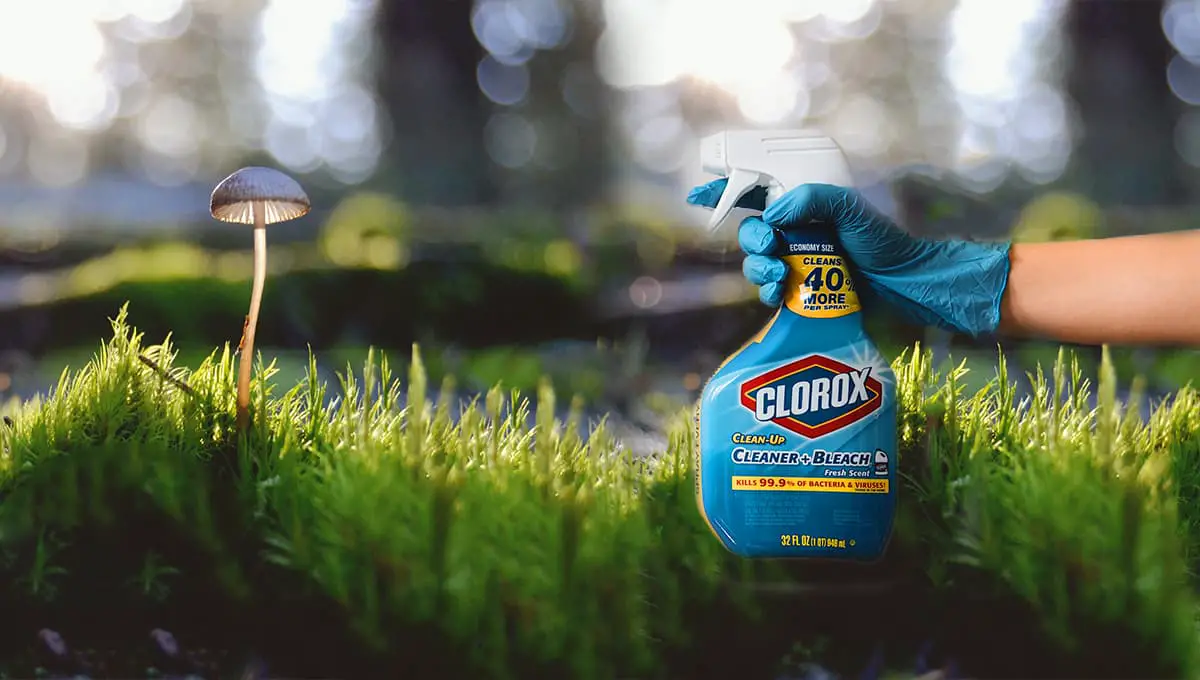
Killing Mushrooms with Bleach in 5 Easy Steps - Yard Blogger
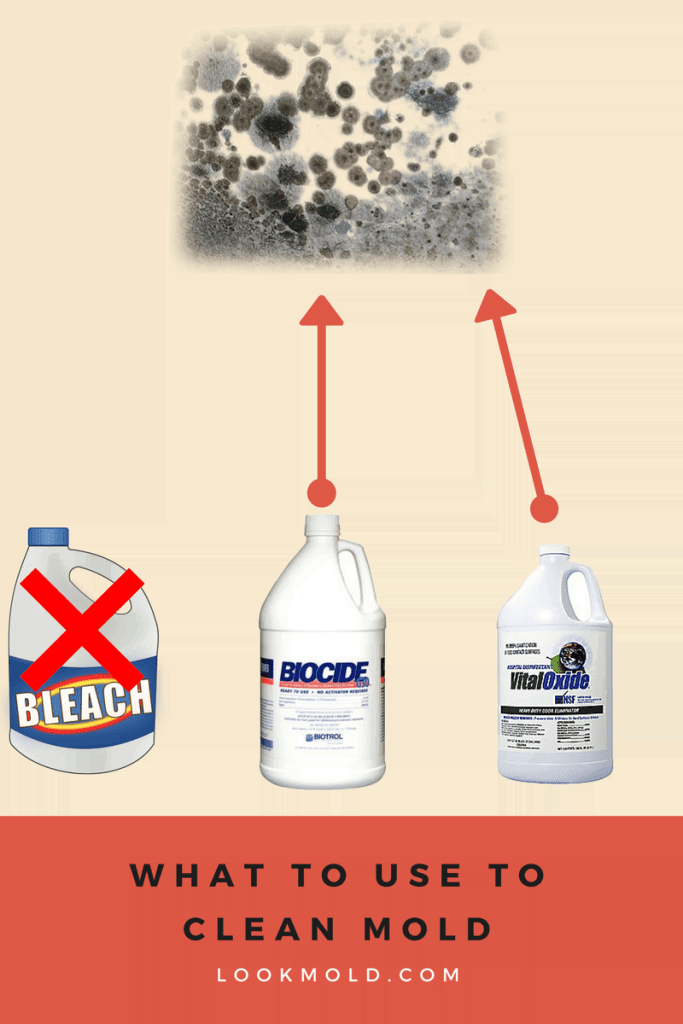
Does Bleach Kill Mold? Using This Common Cleaner May Be A Huge Risk
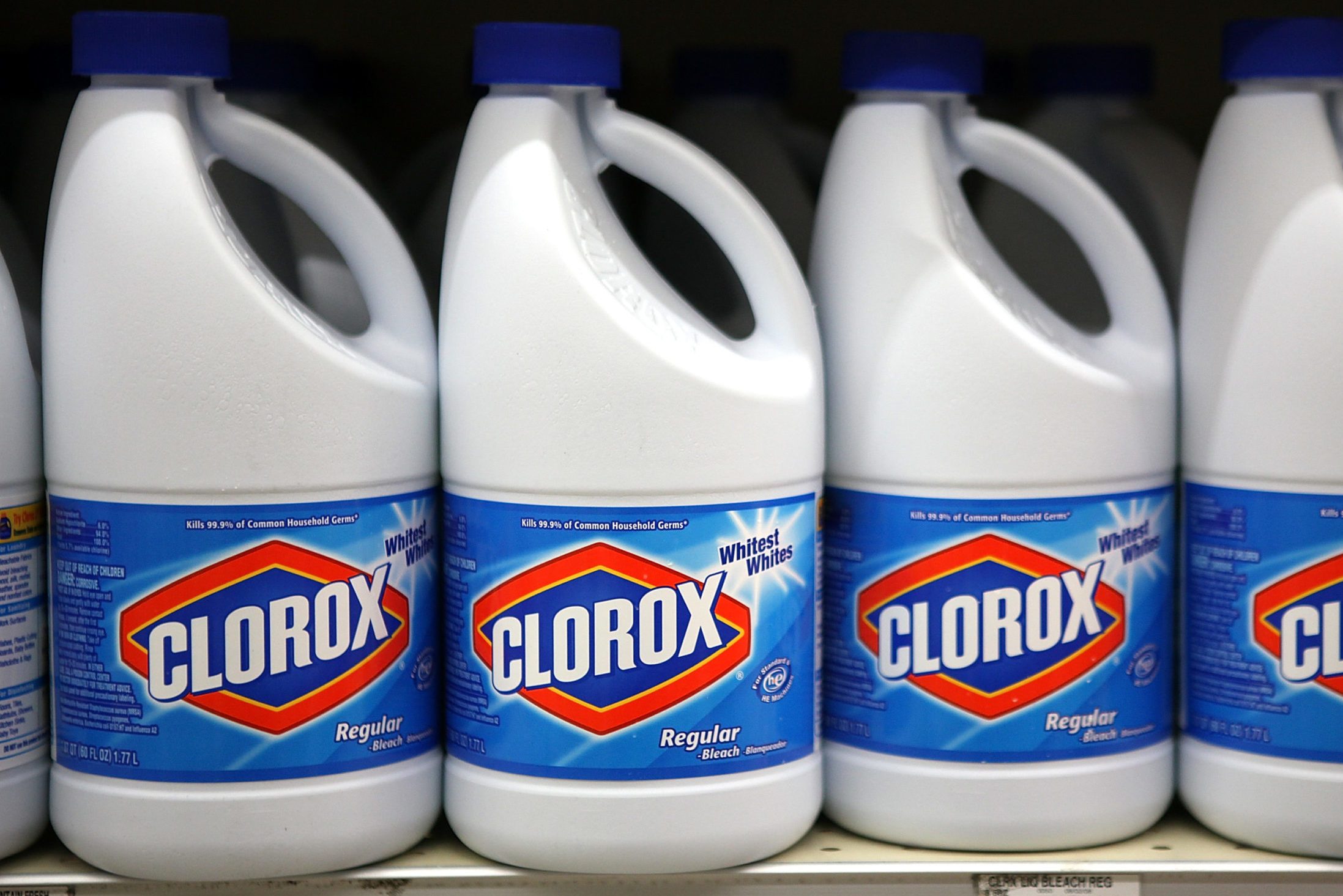
Here's Why Clorox Is So Good at Killing Germs | Reader's Digest

Domestos kills all known microbes. Domestos from fungus: how it works, methods of use, precautions

Does Bleach Kill Bacteria, Viruses and Mould? | Cleanipedia

BestChem Bleach (Sodium Hypochlorite) – Best Chemical Co (S) Pte Ltd

Does bleach kill athlete's foot fungus? | Stopyourskinproblem.com

3 Ways to Get Rid of Nail Fungus - wikiHow
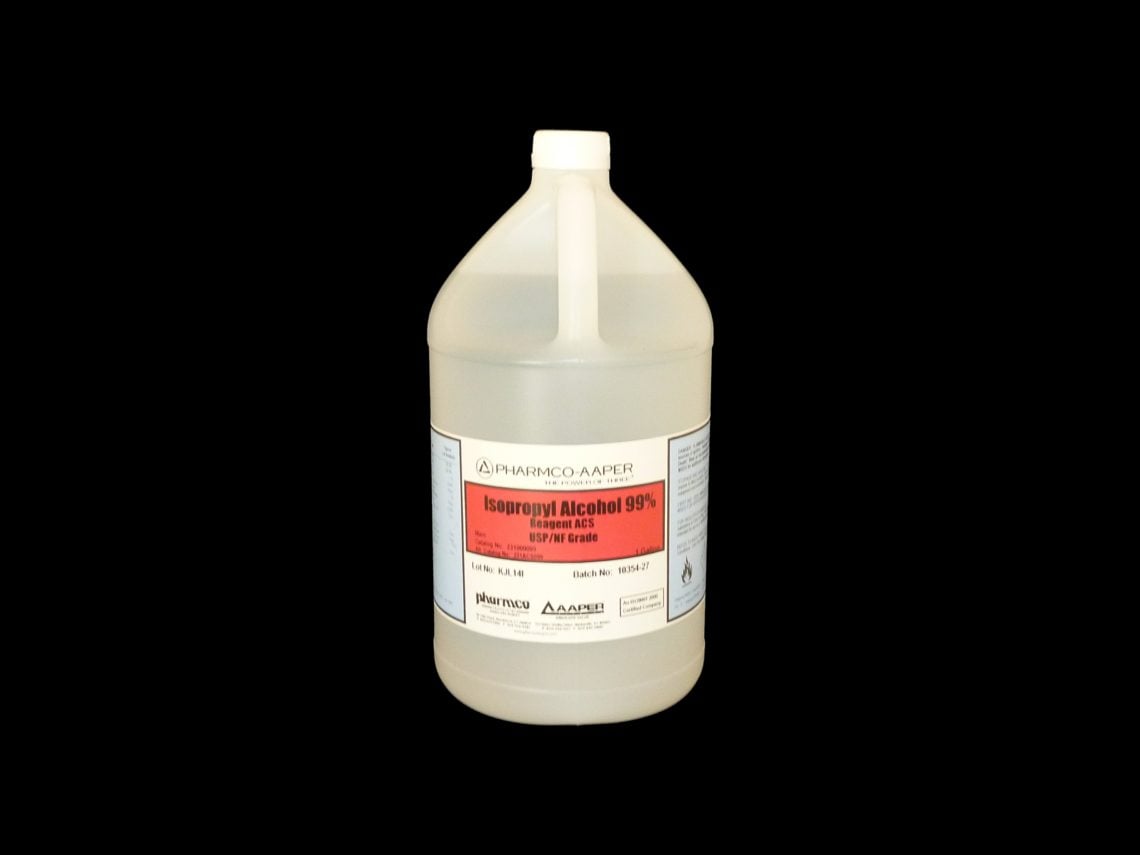
Why Is 70% Isopropyl Alcohol (IPA) a Better Disinfectant than 99% Isopropanol, and What Is IPA Used For?

CDC: Some Americans are misusing bleach to try to kill coronavirus

11 tips to avoid toenail fungus: Easy to catch, hard to kill - WHYY
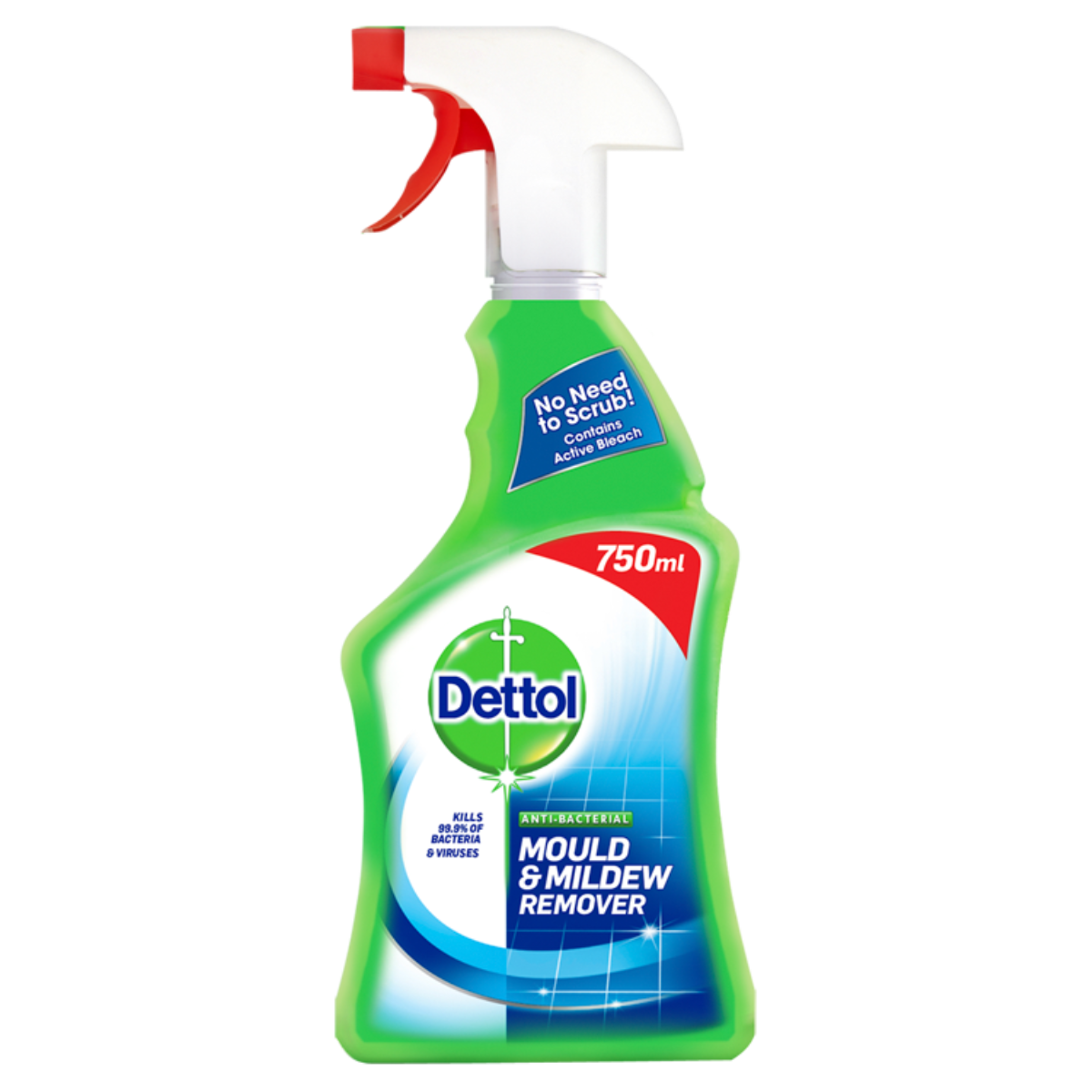
Mould & Mildew Remover | Formulated with Bleach | Dettol

How to Kill Toenail Fungus With Bleach - YouTube

Will Bleach Kill Nail Fungus? ~ Is Bleach Effective | FIND OUT HERE ~

3 Ways to Kill Mushrooms - wikiHow
Posting Komentar untuk "does bleach kill fungi"